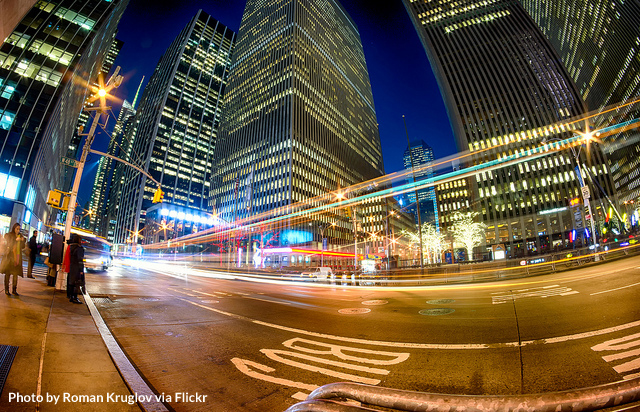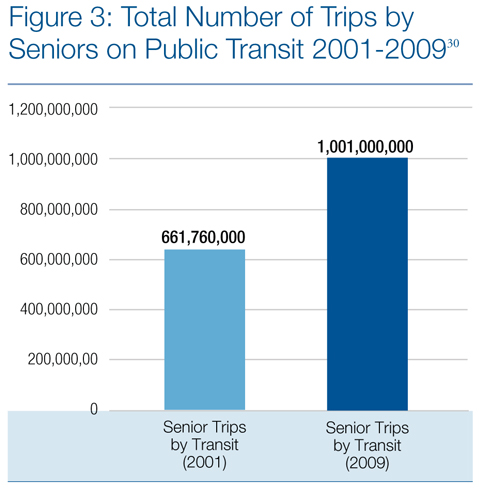Mark your calendars for the 2018 edition of Transportation for America’s national conference for those interested in forward-looking state transportation policy and funding solutions.
In light of the Trump administration’s rhetorical and policy shift away from direct federal funding for transportation investments, the spotlight again turns to states and localities when it comes to policy and funding for transportation. Over 30 states have stepped up and passed new transportation funding legislation since 2012. An unfortunately much smaller number of states have passed smart policies to reform how those dollars are spent.
Capital Ideas 2018, will offer a highly interactive curriculum of model state legislation, campaign tactics, innovative policies, and peer-to-peer collaboration to help participants advance successful proposals to raise new funding for transportation and ensure those dollars are wisely spent to accomplish tangible goals and help states stay competitive in the 21st century. Our 3rd biennial national conference to be held in Atlanta, GA on Wednesday, December 5, 2018 and Thursday, December 6, 2018.
Call for session proposals now open
Transportation for America invites cutting-edge proposals for conference roundtable sessions and general plenary sessions that pertain to the emerging paradigm shift characterizing our transportation landscape today—disruption and uncertainty. The plenary and roundtable discussions at Capital Ideas 2018 seeks to address the following questions:
- How will states manage their role in transportation funding & policy during this time of dramatic transition and change?
- What is the appropriate role of state government in a disruptive world of transportation policy?
- What can states do to ensure that our transportation network is equitable, accessible, safe and affordable?
- Are our investment decisions today ensuring stronger local economies, greater access to opportunity and jobs, cleaner environments, healthier populations or better mobility for everyone in the future?
- With a continually shifting and uncertain future for federal transportation funding, how can states successfully fund transportation investments and how will they demonstrate the value of their investments?
All plenary and session proposals are due on June 15, 2018 at 8 p.m. EDT. Submitted your plenary and or session proposal here. Also remember that as a T4America member you get a discounted member ticket price. Conference registration opens on May 8, 2018. Learn more here.







